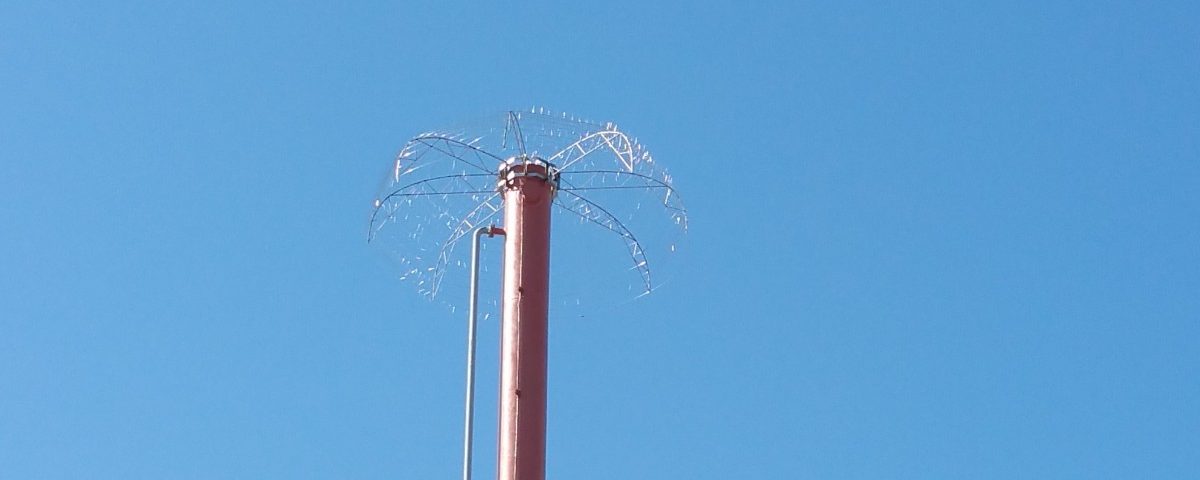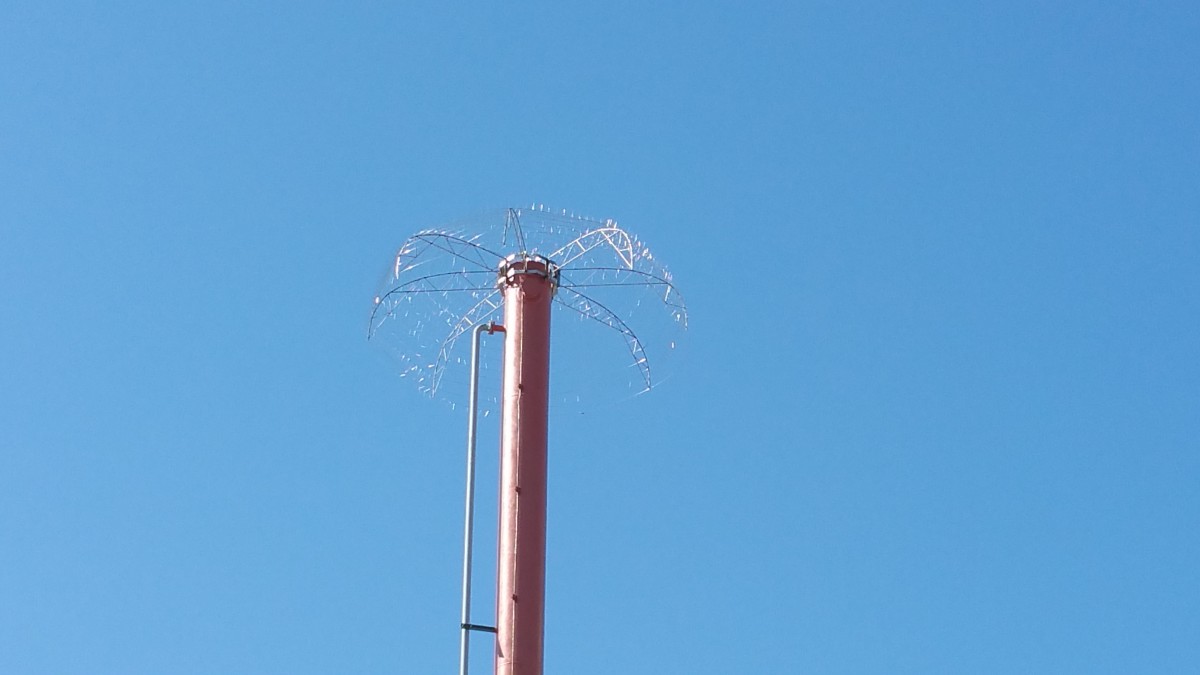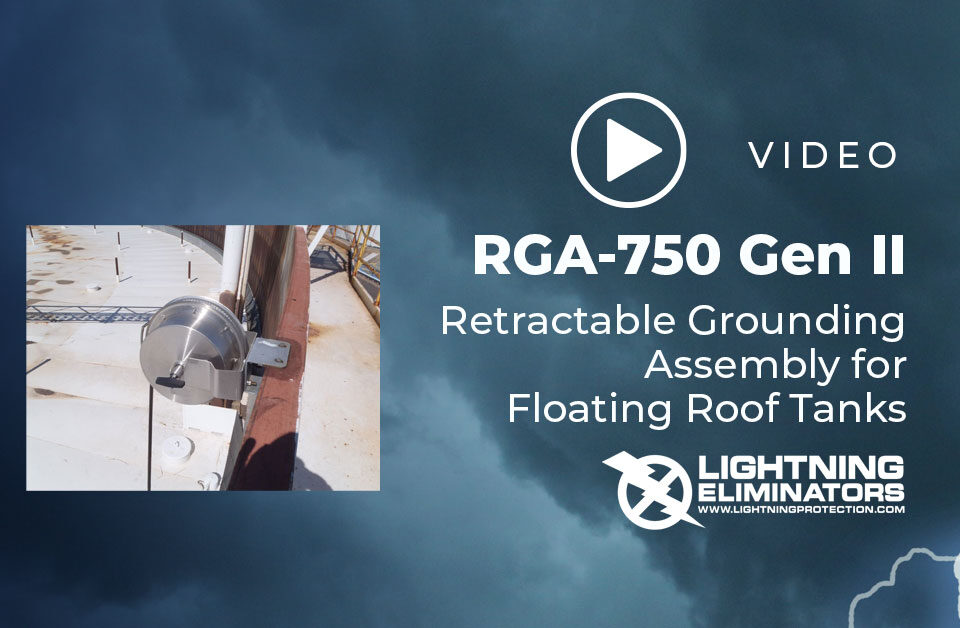- We Prevent Lightning Related Problems.

The Unusual State of a Lightning Strike
January 29, 2016
Lightning LPB: Tank Safety has Evolved!
March 29, 2016LPB: I’m Not Wild About Static, But Static’s Wild About Me!

Lightning Protection Blog
Week 120 | February 25, 2016 | Lightning Protection
Over the years I have written quite a bit about the Dissipation Array System (DAS) and Lightning Protection. I have included a multitude of facility types and equipment which DAS has been used for. I have also covered different industries, solutions and the necessity of employing comprehensive protection with grounding and surge protection included. What I haven’t written about is DAS and static electricity.
Yup, you hear me, static electricity. This is for good reason; we are recently finding that several of our customers have made a correlation between the DAS when designed and installed with a Cap (grid across the top made out of dissipation wire which we employ in order to reduce the likelihood of downstream ignition due to lightning) and a significant reduction of ignitions due to Static. We are getting more and more requests for DAS for Static Event Risk Reduction.
Using DAS to reduce static electricity is new to us us, although not surprising, due to the design of DAS, but admittedly further investigation is needed, however, one thing is certain, some of our customers are using it for this purpose and see a substantial difference.
The facilities where we find this solution is most highly desirable is in Chemical Manufacturing Plants, especially when dealing with Hydrogen Vent Stacks. This is because it curtails downtime, which can cost companies hundreds of thousands of dollars and in some cases over a million in lost operations and production.
While you are all well aware, that I am no engineer I find this fascinating and have been looking into it on my own. I came to find that in 1997 NASA wrote a paper based on a standard which is now cancelled, but extremely informative on the problems that cause ignition due to static, “Safety Standard for Hydrogen and Hydrogen system” which includes Hydrocarbon ignition. While it certainly doesn’t answer the question of why DAS is so effective in dealing with this problem, it does list several causes of Static Discharge, which could possibly contribute to the “why” DAS works in this environment. I also came across a google recommended site Hycoplant.com, which lists additional related papers, standards, causes and issues which are eerily similar to the primary and secondary effects of a lightning strike, but different types of events.
More than half the battle of solving a problem is the knowledge of what caused it in the first place. By knowing the causes we can figure out the solution and/or learn why a solution might work in the first place.
In the over four years that I have been involved in lightning protection, grounding and surge protection, I have come to learn a tremendous amount. I enjoy learning about new applications of our product that I might not have considered before and happy that our solutions can be relied upon for more than we had originally intended; while there will be no warranty in the near future for Static Electricity Reduction, like we have for Lightning Protection with DAS.
As always if you have any questions or need additional information please feel free to contact me at LightningDiva@lecglobal.com
Be careful out there! Visit www.lightningprotection.com for all your lightning protection needs. Follow us on YouTube, Twitter, Facebook and LinkedIn for more information and updates as well as some great photos.



